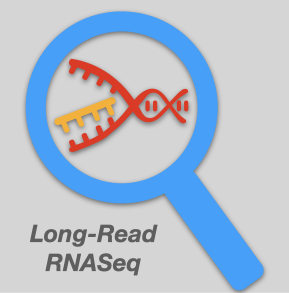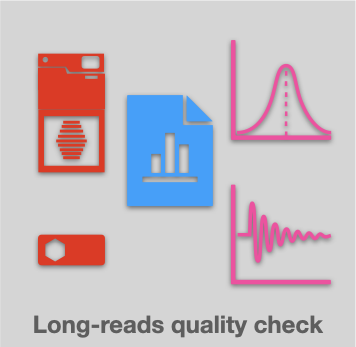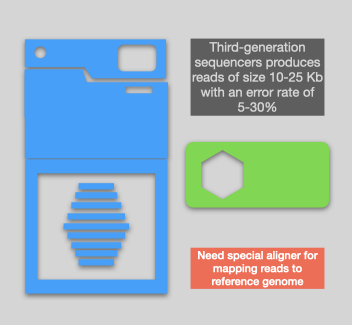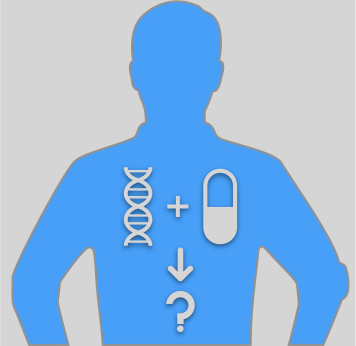
Advantages of long-read sequencing for mRNA profiling of biological systems
mRNA sequencing (mRNA-Seq) evaluates the transcriptome of disease states and biological processes. mRNA-Seq is a precise method for measuring gene expression (Eichler, 2017). Unlike small reads typically produced by next-generation transcriptome sequencing, long reads help detect full-length transcripts, gene fusions, and allele-specific expression.
Read more

